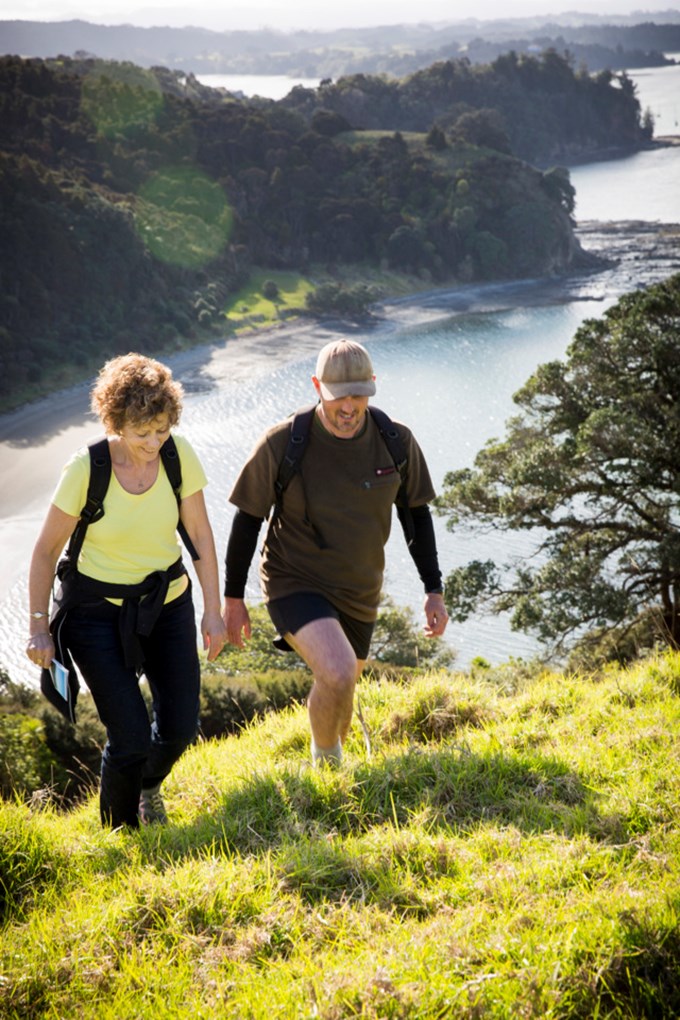It’s Get Outdoors Week this week (15-22 February) which is all about getting people outdoors and safely exploring our beautiful backyard.
Auckland is an ideal place to enjoy outdoor activities. Whether you’re keen on a day walk, multi-day tramp, trail run or mountain biking, there's something for everyone's experience and adventure level.
However, with changeable weather, often unpredictable terrain and waters, and sometimes un-signposted dangers, unexpected things can happen. In fact, there were 5100 injuries to trampers in Auckland between 2007-2017.
So, to enjoy the outdoors safely, everyone needs to be properly equipped, prepared and informed.
Here are some top tips you need to know before heading outdoors on an adventure:
1. Be responsible for your own safety
You are expected to be responsible for your own safety and preparation. Many activities require specific knowledge and sometimes advanced training. New Zealand conditions are often unique and some hazards may not be signposted.
2. Always 'mention your intentions'
Whether it's a casual walk, a quick run or a multi-day tramp, every situation can take a turn for the worst. Many outdoor locations can have little-to-no cell phone coverage, so you need to tell someone about your plans before you go. Even if it's just a quick trip, telling someone your plans so that they can raise the alarm if you aren't back when expected may just save your life.
3. Check the weather forecast
Even if you don’t intend to be out for long, you need to check the weather forecast for the area that you are going into. Never rely solely on town or city weather forecasts because conditions can be so different away from central areas. MetService provides the official weather forecasts and warnings for New Zealand. Visit their website as close as possible to the time that you head out.
4. Understand your limits
Understand your limits in terms of general health, fitness level and your ability to undertake the activity in potentially the 'worst' conditions. You also need to consider the limits of anyone who is coming with you, the equipment and clothing you have and the impact of weather or condition changes on the day.
5. Be prepared
Make sure that you are prepared by using these top tips alongside the information specific to your activity. Find out more activity-specific tips at the Mountain Safety Council.
The Walking Essentials
Take a look at our list of essentials you need to take on a hike or half day walk:
- Good quality, closed-toe solid footwear. Hiking boots are best
- Layered clothing. Thermal layers of fleece, polypropylene or merino are good for our often damp conditions. Leave your cotton t-shirts and jeans at home, as they’re no good for keeping you warm and dry
- Rain jacket
- Warm hat and gloves – yep, even in summer
- A minimum of two litres of drinking water
- Food for the day
- A head torch and small first-aid kit, including any personal medication
- Sun safety – sunglasses, sunscreen and a hat
- A mobile phone in case you need it, but don’t rely on it to always work. Mobile phone coverage can be poor in outdoor areas
- Always scrub and spray at kauri dieback cleaning stations when entering and exiting forested areas.


